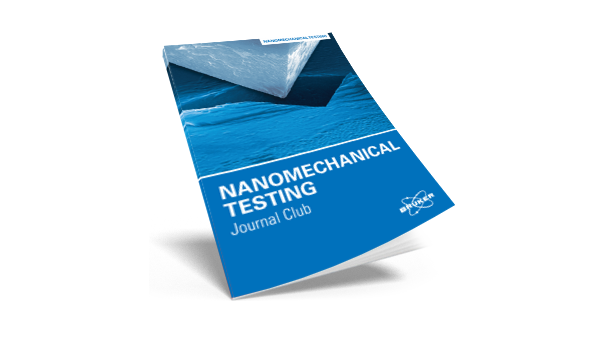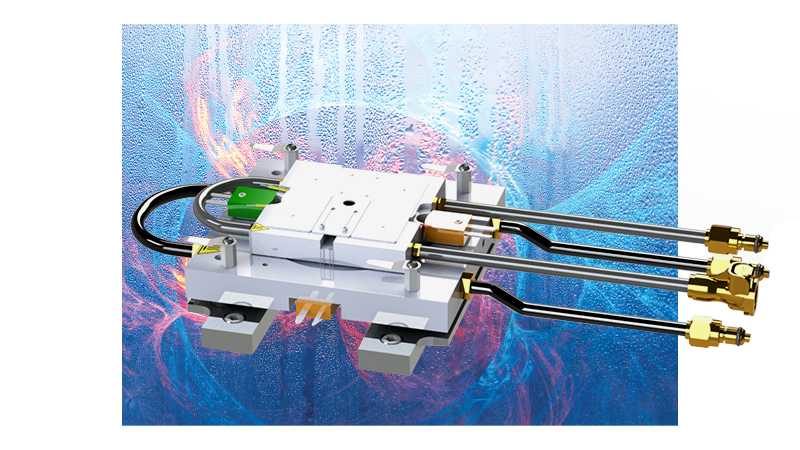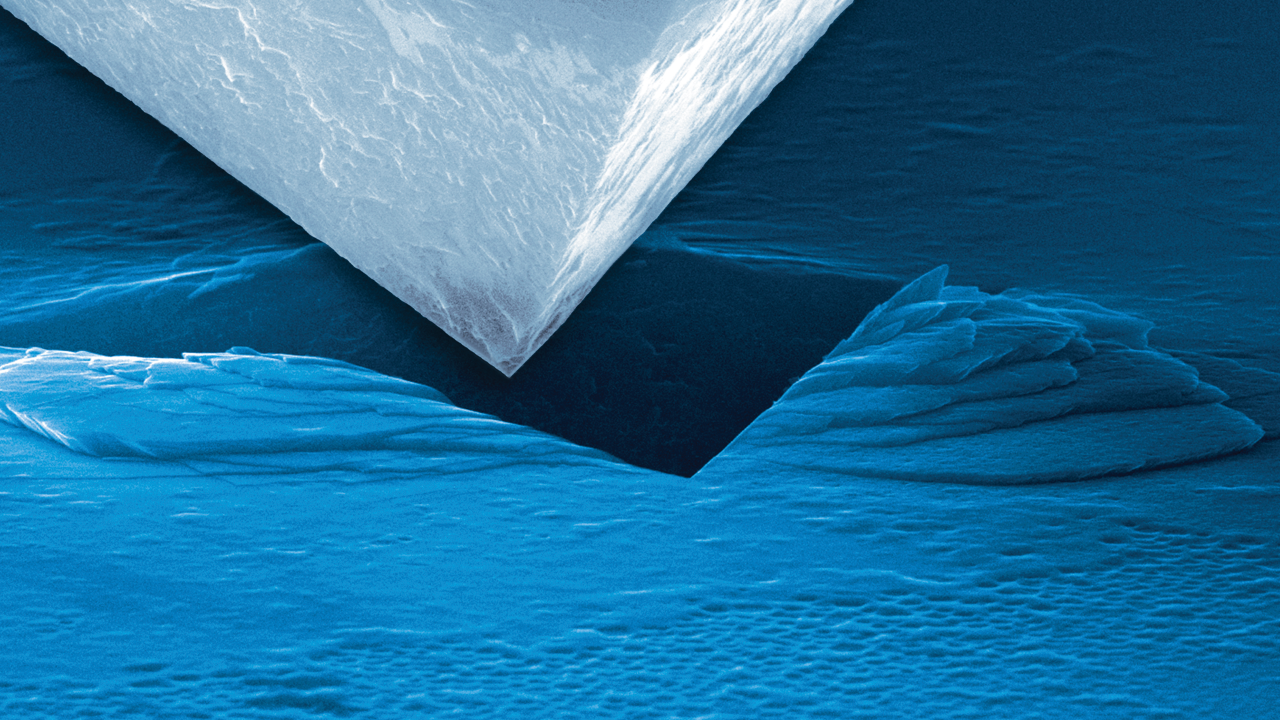Quantifying Physical Parameters to Predict Brittle/Ductile Behavior
Materials Science and Engineering: A, Volume 808, 18 March 2021, 140899
Brittle-to-ductile transitions not only represent an important phenomenon in the failure of materials, but are also an excellent opportunity to study the fundamental competition between fracture and plasticity as routes to dissipate mechanical energy. This subject has rightly garnered a lot of attention through many decades of materials science. However, the transition is a complex function of many variables, including strain rate, presence of defects and the state of the applied stress. One thing that has been lacking is a basic analytical model for predicting the transition point based upon real materials properties. That is the goal of a recent work from researchers at the University of Minnesota.
The authors' observations of fracture in silicon microbeams and post-mortem TEM giving evidence of crack tip plasticity helped to refine an analytical model that has been in development for many years. Crack tip shielding plays a prominent role in the elevation of fracture toughness through the transition to ductility. This model was then applied both to silicon and tungsten data.


